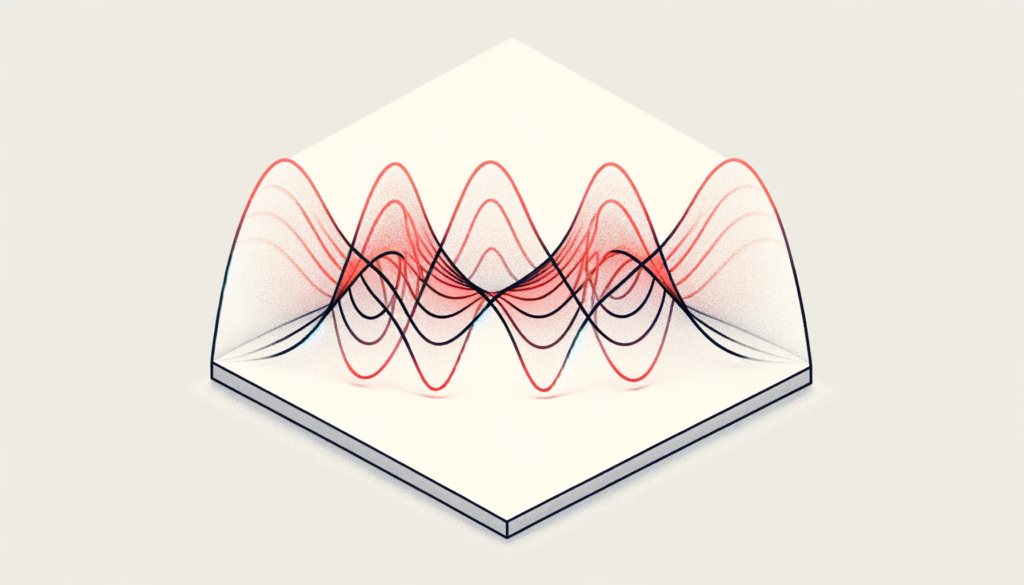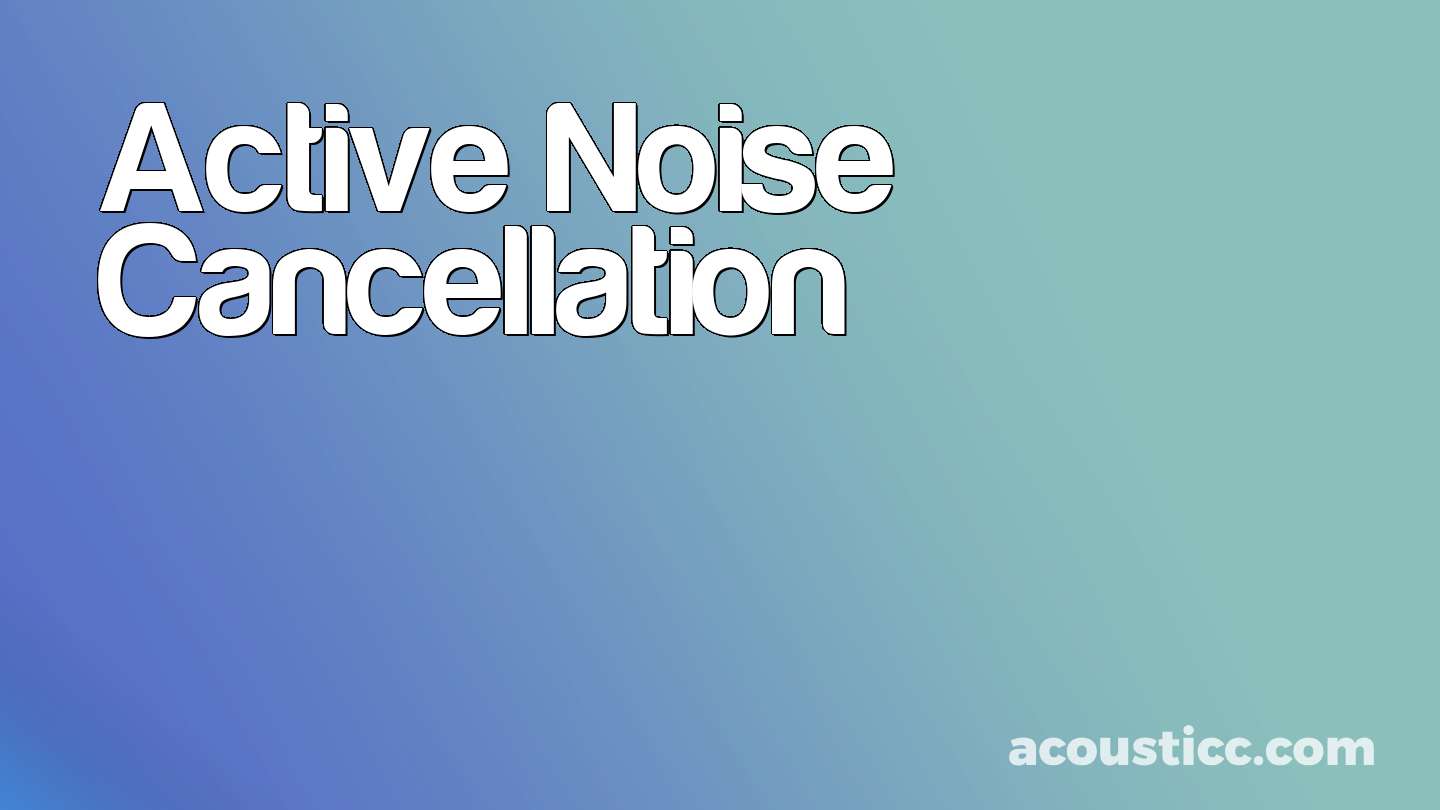The science behind Active Noise Cancellation (ANC)
Active Noise Cancellation (ANC) represents a forward leap in headphone technology, serving as a buffer between the listener and the often intrusive sounds of the outside world.
Though once a feature exclusive to high-end headphones, ANC has permeated a wide range of audio devices, from the modest earbud to the more sophisticated true wireless models.
Understanding the nuances of ANC technology is crucial, as not all systems are created equal, affecting the type and quality of noise cancellation users can expect.
Understanding Active Noise Cancellation

At its core, ANC operates on the principle of phase cancellation, utilizing sound waves that are 180 degrees out of phase to negate each other.

This process involves capturing ambient noise, inverting its waveform (thus creating “anti-noise”), and adding this to the output signal.
While conceptually simple, the execution requires precise tuning of the system for optimal noise reduction, usually between 20-40dB.
Key Challenges in ANC Implementation
Achieving maximum noise attenuation involves accurately sampling ambient sounds and aligning the cancellation waveform with the noise at the user’s ear.
Moreover, the physical design of headphones, such as the seal around the ears, significantly impacts the effectiveness of ANC, making the microphone’s placement a critical consideration.
Types of Active Noise Cancellation

Feedforward ANC
Feedforward ANC places the noise-detecting microphones outside the headphones. This placement is particularly suited for earbuds, allowing them to capture external noise efficiently.
However, its accuracy and effectiveness can vary with the fit of the headphones, potentially letting high-frequency noises slip through.
| ANC Type | Microphone Placement | Strengths | Weaknesses |
|---|---|---|---|
| Feedforward | Outside ear cup | Mid-frequency noise cancellation | Susceptible to wind noise |
Feedback ANC
In feedback ANC, microphones are located inside the ear cup, closer to the listener’s ear.
This setup more accurately captures the noise heard by the listener, offering a self-correcting mechanism that reduces the impact of wind noise but may diminish effectiveness at higher frequencies.
| ANC Type | Microphone Placement | Strengths | Weaknesses |
|---|---|---|---|
| Feedback | Inside ear cup | Reduces wind noise | Less effective at high frequencies |
Hybrid ANC
Hybrid ANC combines the best aspects of both feedforward and feedback systems, utilizing both external and internal microphones.
This dual approach offers comprehensive noise cancellation across a broad frequency range, albeit at a higher cost due to the need for quality microphones and more complex processing.
| ANC Type | Microphone Placement | Strengths | Weaknesses |
|---|---|---|---|
| Hybrid | Both outside and inside ear cup | Comprehensive noise cancellation | Higher cost |
Does Noise Canceling Matter?

The relevance of noise canceling cannot be overstated, especially in environments where maintaining focus or enjoying uninterrupted listening is paramount.
Understanding the different types of ANC helps consumers make informed decisions, aligning their needs with the right technology.
Whether it’s combating the drone of an airplane engine or the chatter of a busy café, ANC offers a haven of auditory solitude.
Conclusion

ANC technology has transformed the headphone industry, offering users the chance to immerse themselves in their audio world without external interruptions.
From the basic principles of noise cancellation to the intricate differences between ANC types, understanding this technology enables consumers to choose headphones that best suit their lifestyle and listening preferences.
As manufacturers continue to innovate, ANC remains a key feature in delivering high-quality, personalized audio experiences.
- BPM Tapper: Tap to check and Find Tempo Online - February 4, 2025
- How to Soundproof Windows: Top Methods Explained - September 22, 2024
- 8 Essential Ukulele Chords for Beginners - September 19, 2024
